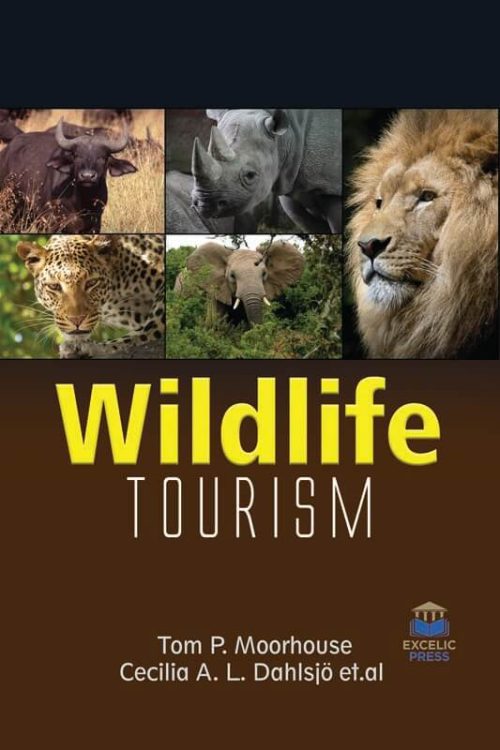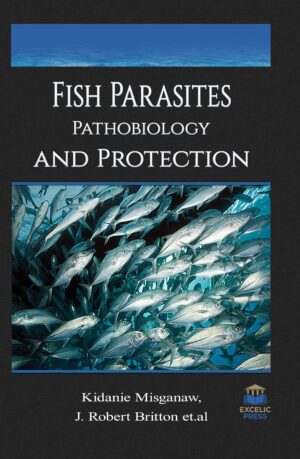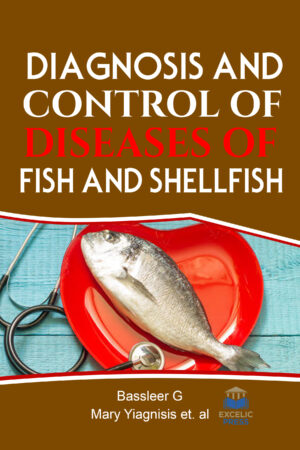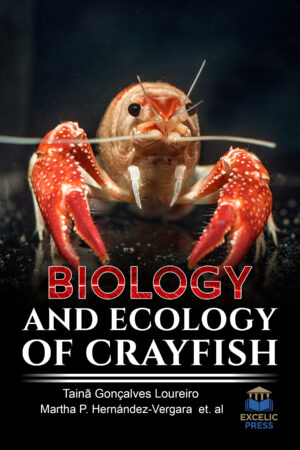Description
Wildlife tourism is one kind of niche tourism, which mainly attractions are natural resources, especially wild animals. Since the 1980s, with more and more people realize the importance of the relationship between man and nature, people’s nature and environmental protection consciousness have also improved, the non-consuming wildlife tourism, having a small impact on the environment but meeting the demand of interactive activities between people and animals, has become more and more popular around the world. Wildlife tourism represents a significant proportion of a huge global market that is predicted to increase in the coming decades. WTAs can provide opportunities and livelihoods for the local human population and can also secure the long-term conservation of wildlife and wildlife habitats through practical conservation efforts by volunteers and operators, the creation of local socio-economic incentives for the preservation of wildlife and their habitats, and tourist education, which may promote positive attitudes towards species preservation and animal welfare, and increase future conservation revenue through future philanthropic donations.
This book sheds light, not only on the problems of wildlife management and ecotourism perspective but also on the economic contribution and prospects of wildlife management and ecotourism. It also gives an overview on ecology, ecosystem, and biodiversity in the area of wildlife. In practice, therefore, conservation and welfare impact assessments were typically made across a number of individual institutions, acknowledging that standards may vary between them. The quality and quantity of information pertaining to these impacts (e.g. the number of animals involved, the conditions in which they were maintained) varied between WTA types, and sufficient, credible sources were not available in all cases. Human feeding of wildlife is a world-wide phenomenon with very diverse effects on conservation, animal welfare, and public safety. From a review of the motivations, types, and consequences of wildlife feeding, an evaluative framework is presented in this book to assist policy-makers, educators, and managers to make ethical- and biologically-based decisions about the appropriateness of feeding wildlife in the context of research, wildlife management, tourism, and recreation. With the development of wildlife tourism, the negative influences of the ecological environment and wildlife are increasingly becoming one of the concerns for many scholars. Moreover, wildlife tourists are the main body of tourism activities. Therefore, it is necessary to study the classification and market segmentation of wildlife tourists. On this basis, the development strategy of wildlife tourism is put forward, the wildlife tourist’s behavior research is strengthened, the wildlife tourism market is cultivated, and the segmentation and characteristics of the target market are provided. Wildlife tourism is frequently touted as a solution to the problems of increased poaching, habitat destruction, and species extinction. When wildlife is able to pay for its right to survive through attracting tourists, there is an incentive to conserve wildlife populations and the habitats that support them. However, numerous reports in recent years have drawn attention to the potential negative impacts of wildlife tourism attractions. Consequently, this book also examines whether market environmentalism diminishes the potential of wildlife tourism to contribute to conservation and the welfare of individual animals.





